Did you know that according to the feng shui, peace lilies have the power to turn bad vibes into good ones? But no negative energy can be converted if your peace lily is stuck in a sad and sorry soil mix.
To keep peace lilies thriving, they should be planted in a well-draining, nutrient-rich, and slightly acidic soil mix. Soil mixes with perlite, coarse sand, orchid bark, and worm castings are typically the best for them.
In this guide, we’ll help break down everything you need to know about the perfect soil mix for peace lilies. Say goodbye to those negative energies, and hello to positivity!
Things to Consider When Choosing Soil for a Peace Lily
Drainage
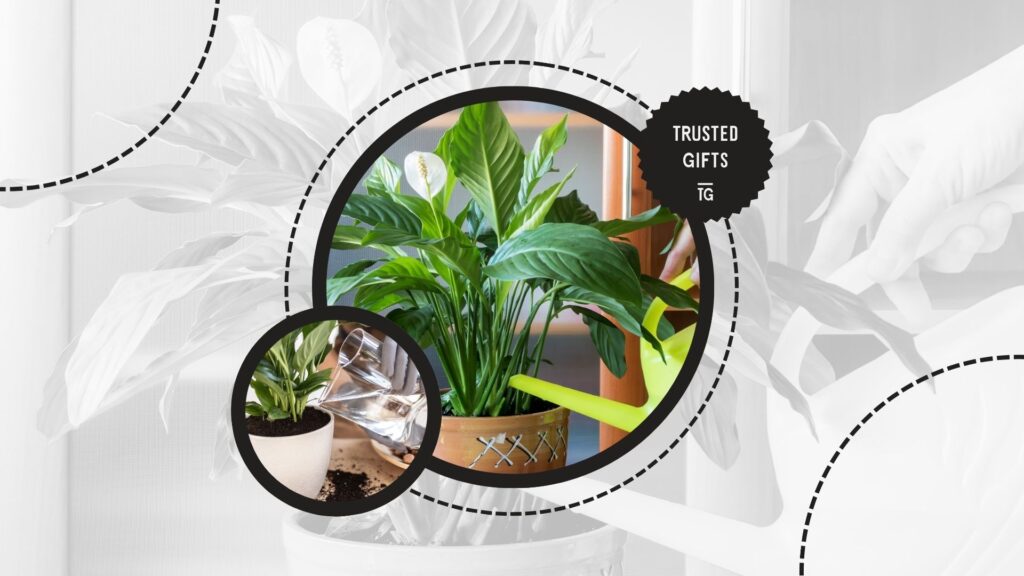

Peace lilies are known to not need lots of water to survive. In fact, too much water in their soil can actually do more harm than good.
Having too much water in the soil can lead to waterlogged conditions and fungal and bacterial growth, which often leads to root rot. It can also affect the plant’s ability to uptake nutrients and oxygen, impairing its growth.
That’s why it’s important that you pick a soil mix with good drainage. This will help prevent water from pooling near the roots and damaging them over time.
Aeration
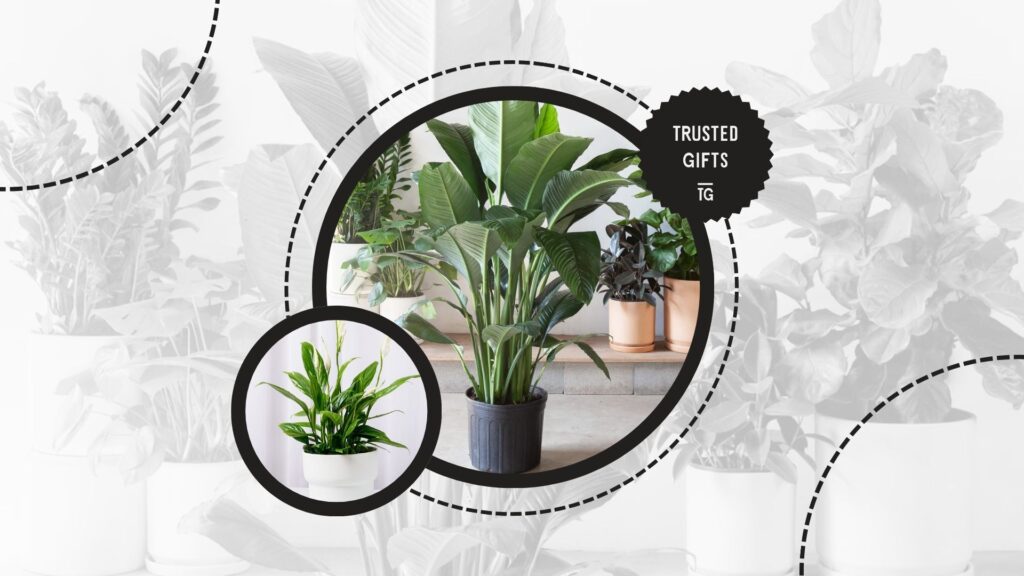

Similar to humans, peace lilies and other plants need oxygen to survive. Oxygen helps the plant absorb water and nutrients more efficiently and perform its natural metabolic processes.
Hence, their soil mix should be porous enough to let air flow and reach the roots. This typically means choosing soil mixes with perlite, orchid bark, and coarse sand because they have enough air pockets for air to pass and are less likely to compact over time.
Aeration and drainage go hand-in-hand. More often than not, if the soil mix has good drainage, it also has good aeration.
Nutrient Content
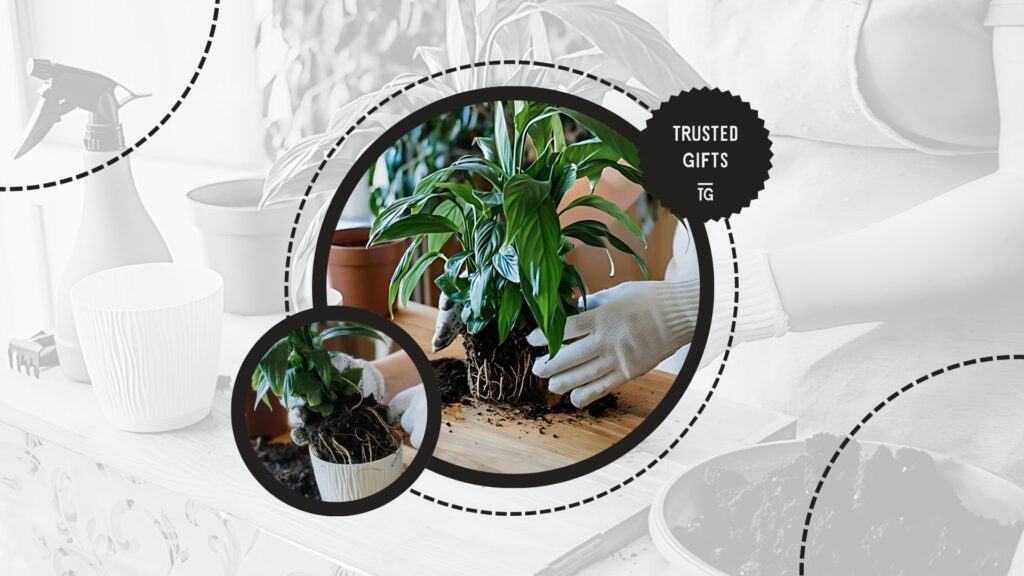

Peace lily thrives when planted in a nutrient-rich soil. They need plenty of nutrients, like nitrogen, phosphorus, and potassium, to produce their distinctive white blooms and strengthen their roots against diseases.
This is why cactus potting mixes are often not recommended for peace lilies despite having excellent drainage. They don’t have enough nutrients to supply the needs of the plant and will likely need lots of adjustment and fertilization.
Regular potting mixes you see in Home Depot or your local gardening shop are typically nutrient-rich, so they can be used in your soil mix.
pH Level
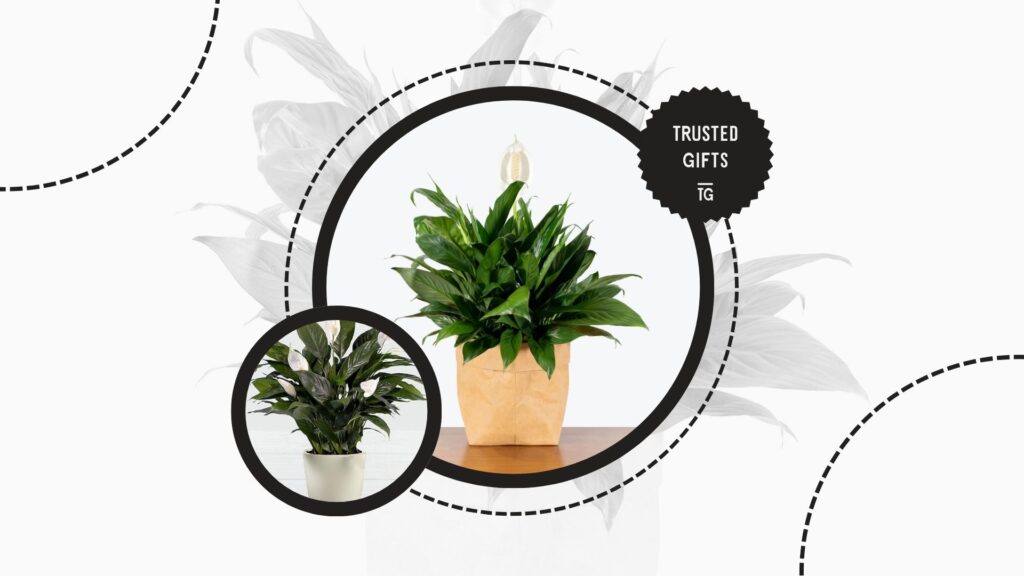

Soil’s pH level is often overlooked, especially by many beginner gardeners. But this is just as important as the soil’s nutrient content, drainage capacity, and porosity.
Peace lilies prefer slightly acidic soil mixes, with a pH level of around 5.8 to 6.5. Within this range, the roots can uptake nutrients like nitrogen, phosphorus, potassium, iron, and manganese much faster.
If the soil pH is too high or too low, certain nutrients can become locked up and unavailable, leading to deficiencies and poor plant health.
Components of a Peace Lily Soil
Coco Coir
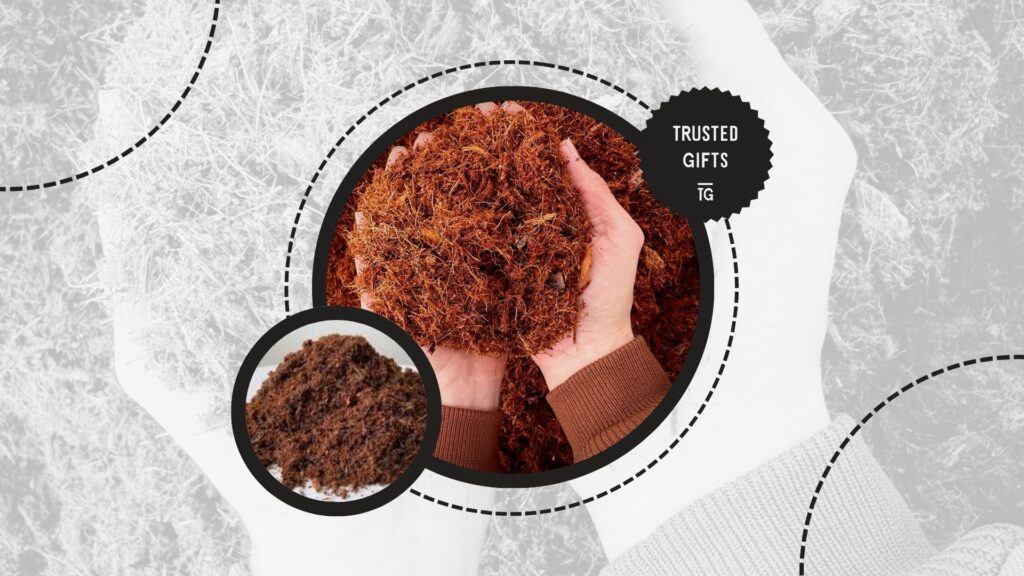

Coco coir improves the soil’s aeration and moisture retention capacity. It absorbs enough water for the peace lily while also creating air pockets in the soil with its fibrous structure, allowing air to flow freely.
While you might think that its impressive moisture retention capacity will cause waterlogged conditions, that’s not the case at all. It releases the water slowly to provide the roots with a consistent supply of water without making the soil soggy.
You can use peat moss if you’re looking for a cheaper alternative to coco coir, but it’s not as environmentally sustainable. Its harvesting process often ruins an entire ecosystem of peat bogs, so many are now moving away from using it.
Perlite
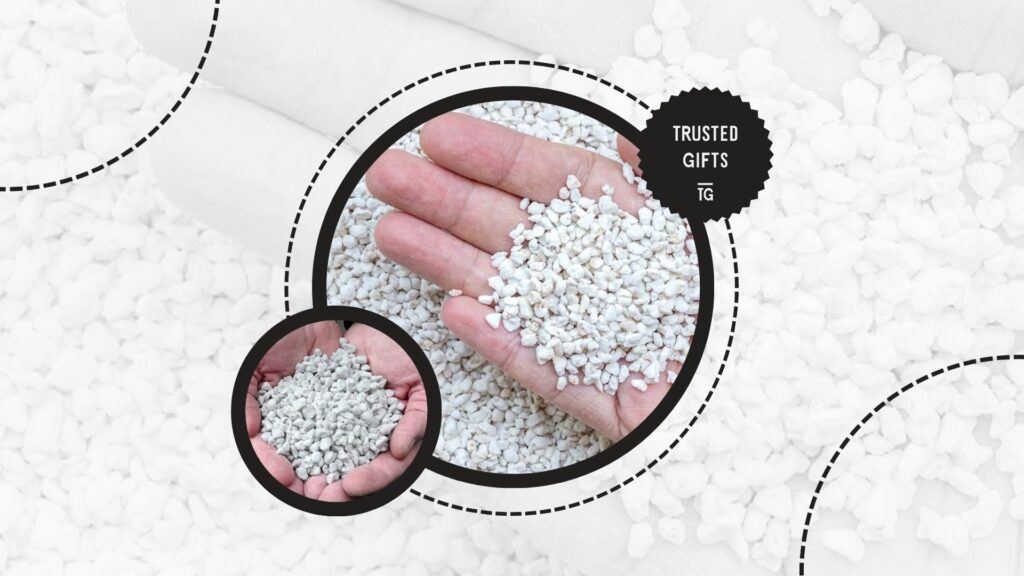

Perlites are lightweight, porous volcanic glass that’s commonly used in horticulture as a soil amendment. They’re those small, white, rock-like materials you see on top of the soil of a potted plant in magazines or online.
When mixed in the soil, they create little gaps or air pockets that serve as tunnels for water and air to pass by, effectively improving the soil’s drainage. These air pockets will prevent water from accumulating near the roots.
Perlites won’t decompose over time, so they can prevent the soil from compacting as time passes.
Coarse Sand
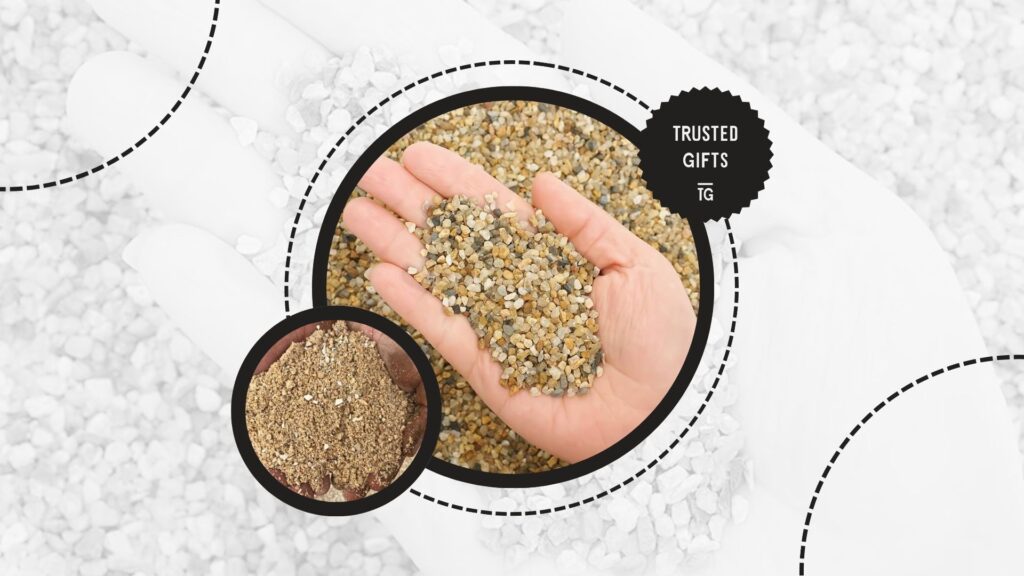

Coarse sand works quite similarly to perlite in that it improves drainage. Its large particles create spaces in soil mixes, allowing excess water to flow away from the roots.
The sand also helps improve soil structure by preventing compaction and giving it a crumbly texture. This provides the roots of your peace lily with more space to grow.
When adding coarse sand to your soil, make sure to get ones meant for horticultural use. Non-horticultural sand may be contaminated and do more harm to your peace lily.
Orchid Bark
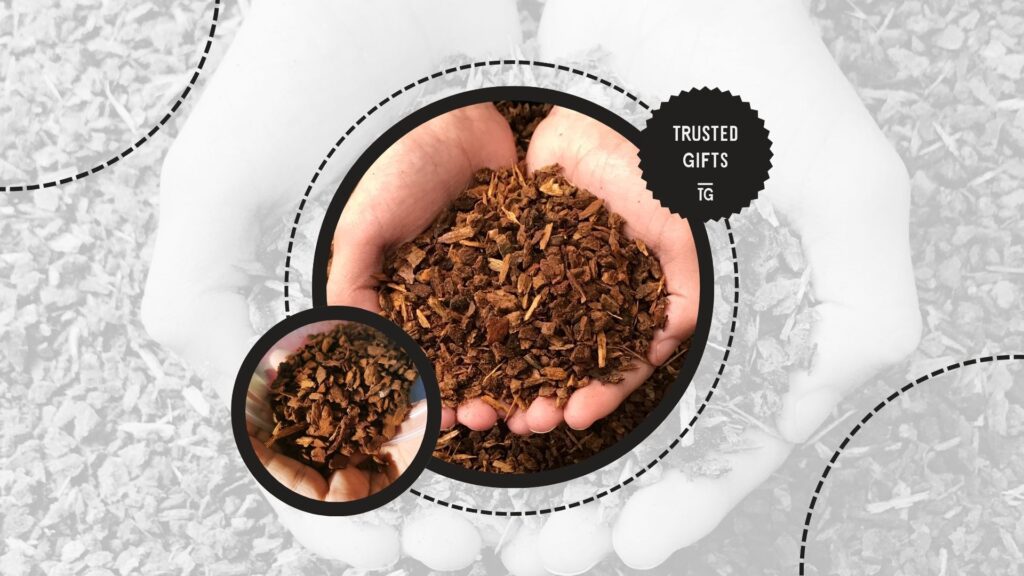

Orchid bark is made from the bark of various trees, such as fir, pine, and cedar. Its coarse texture helps create a well-draining and well-aerated growing medium for plants sensitive to excessive moisture, like peace lilies.
The barks will break down slowly, adding more organic matter to the soil mix. This provides the peace lilies with more nutrients over time, which is essential for their growth.
Worm Castings
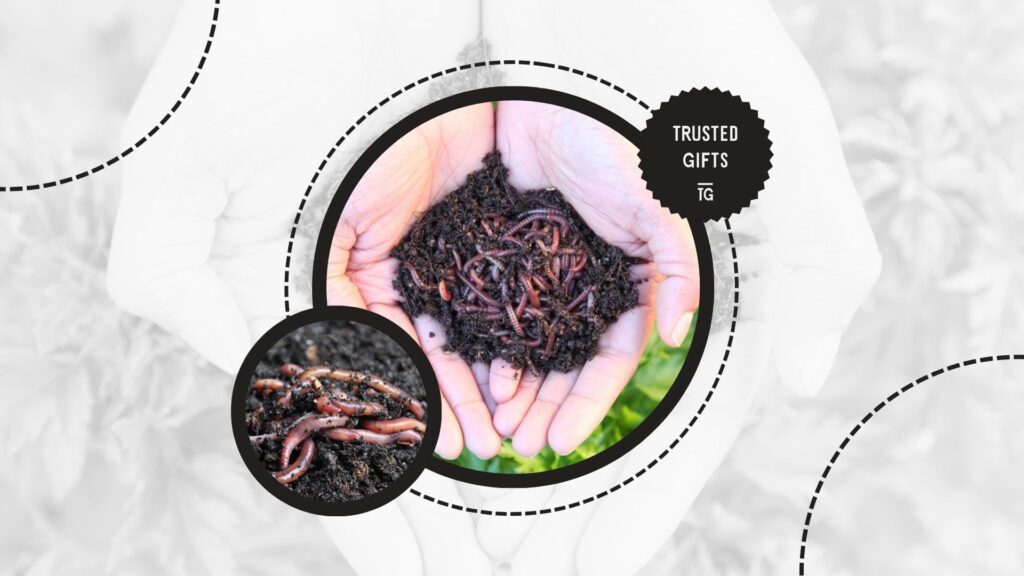

As we’ve said earlier, peace lilies need lots of nutrients in their soil. That’s why an important component of any soil mix designed for them is an organic fertilizer, like worm castings.
Worm castings are exactly what you think, worm poop. They’re nutrient-rich and contain essential nutrients like nitrogen, phosphorus, potassium, calcium, and magnesium.
The nutrients in worm castings are released in the soil gradually, so the plant receives a steady supply of them. These slow releases also make it less likely for the plant to experience root burn, which some fertilizers cause.
Soil Mix Recipes for a Peace Lily
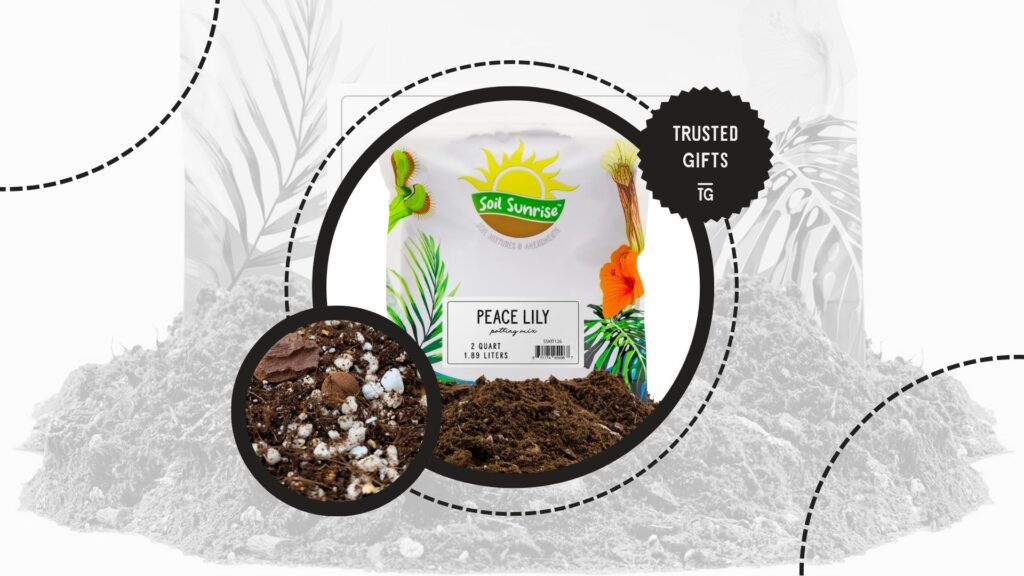

Recipe 1
- 2 parts potting soil
- 2 parts horticultural sand
- 1 part orchid bark or perlite
This recipe is perfect for those who have other indoor plants aside from peace lily. It makes use of the regular potting soil they use for their other plants, reducing the number of ingredients they have to buy.
Most commercial houseplant potting soils already have plenty of nutrients and good drainage. However, their drainage capacity is typically not enough for peace lilies, which can be very sensitive to excessive moisture.
Mixing in two parts of horticultural sand and one part of perlite or orchid bark can significantly improve the potting soil’s drainage and make it more suitable for growing peace lilies.
Recipe 2
- 5 parts orchid bark
- 4 parts coco coir
- 5 parts perlite
- 2 parts worm casting
This is another soil mix recipe you can follow to keep your peace lily happy and healthy. It’s the perfect recipe for those who have succulents, cacti, and orchids at home, as it uses ingredients you can also use for those plants.
When mixed together, orchid bark and perlite create a porous and well-draining growing medium that’s beneficial for peace lilies. But it might drain water too fast, so adding in coco coir into the mix helps ensure the plant still receives sufficient water.
The two parts of worming casting you’ll add into the mix will make up for the lack of nutrient content.
Signs That Peace Lily Is in the Wrong Soil
Yellowing Leaves
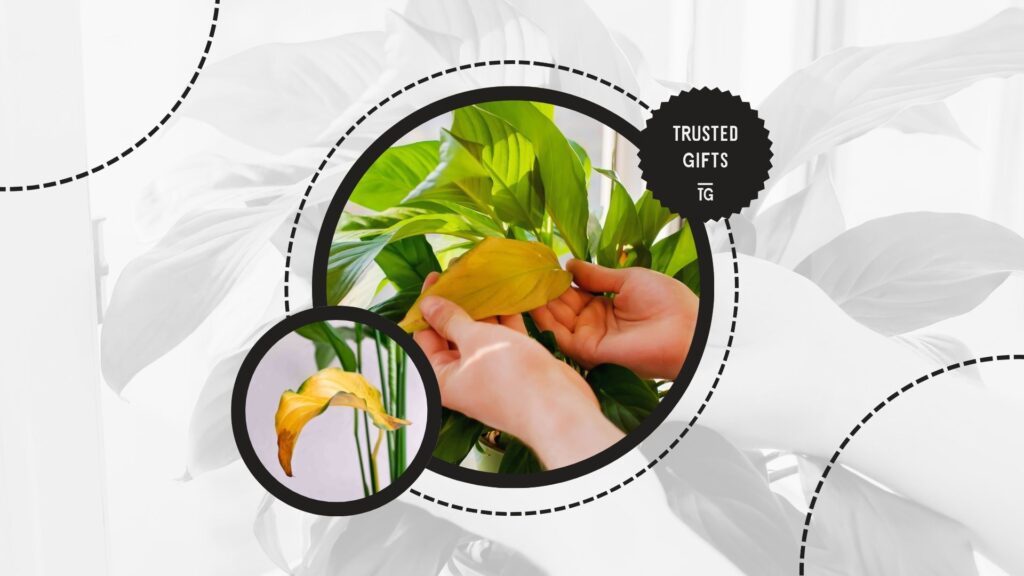

Like in most plants, the most common sign that you’re using the wrong soil for your peace lily is yellowing leaves. This often means the soil is too dense or waterlogged, suffocating and damaging the roots.
To prevent this, you have to make sure that the soil mix has sufficient draining capacity to avoid waterlogged conditions. You can add more perlite, orchid bark, or coarse sand into the soil mix to improve drainage.
Brown Leaves
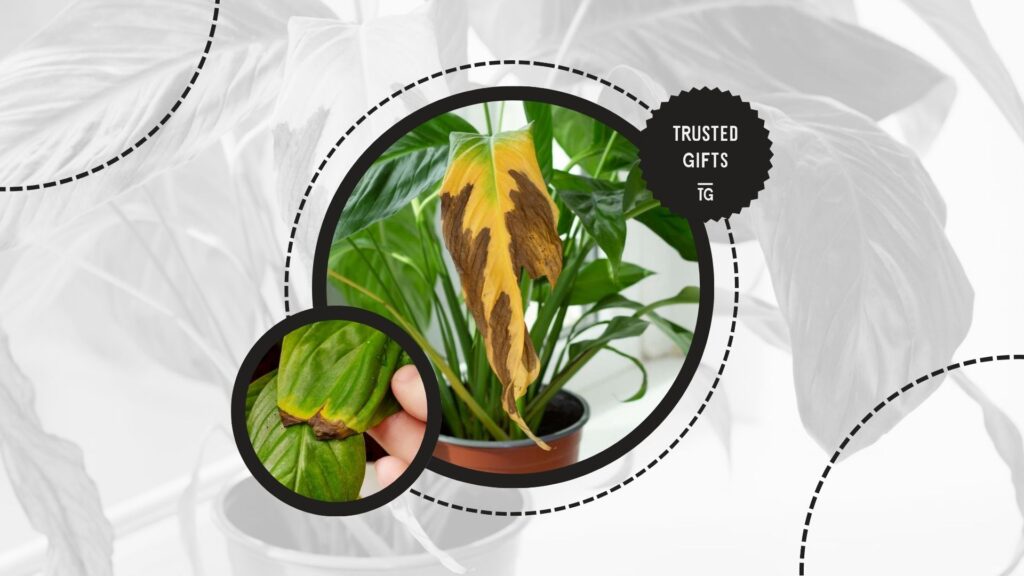

Browning on the leaves, especially on the tip, is another sign you’re using the wrong soil for your peace lily. This can either indicate that the soil retains too much moisture or the plant is experiencing a nutrient deficiency.
Try touching the soil a few days after watering it to see if it’s excessively moist. If yes, then the problem is probably poor drainage, so add more perlite, bark, or sand into the mix.
If the soil is not moist, then the soil probably doesn’t have enough nutrients. You can try to supplement the lack of nutrients with liquid fertilizer or repot the peace lily into a more nutrient-rich soil mix.




